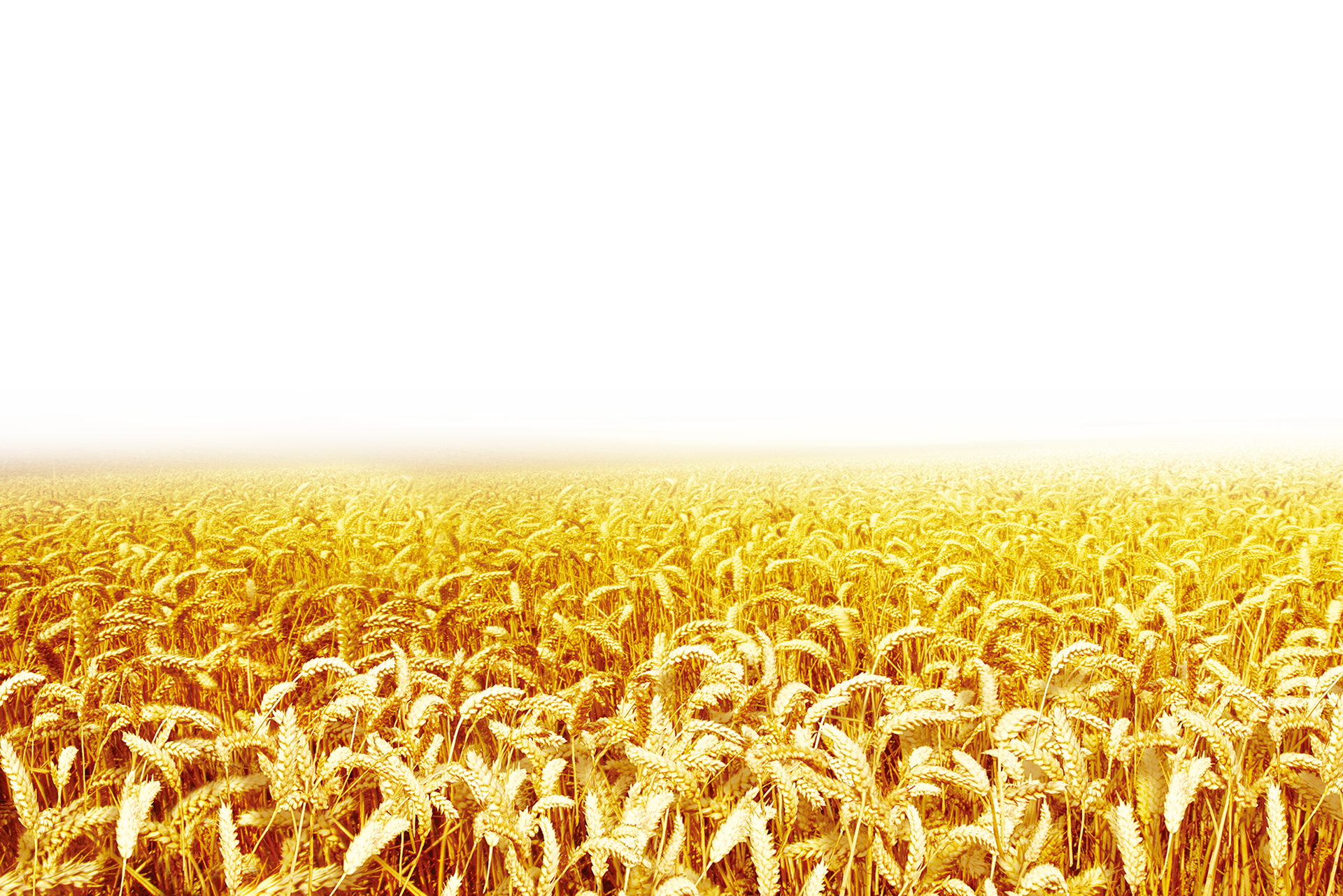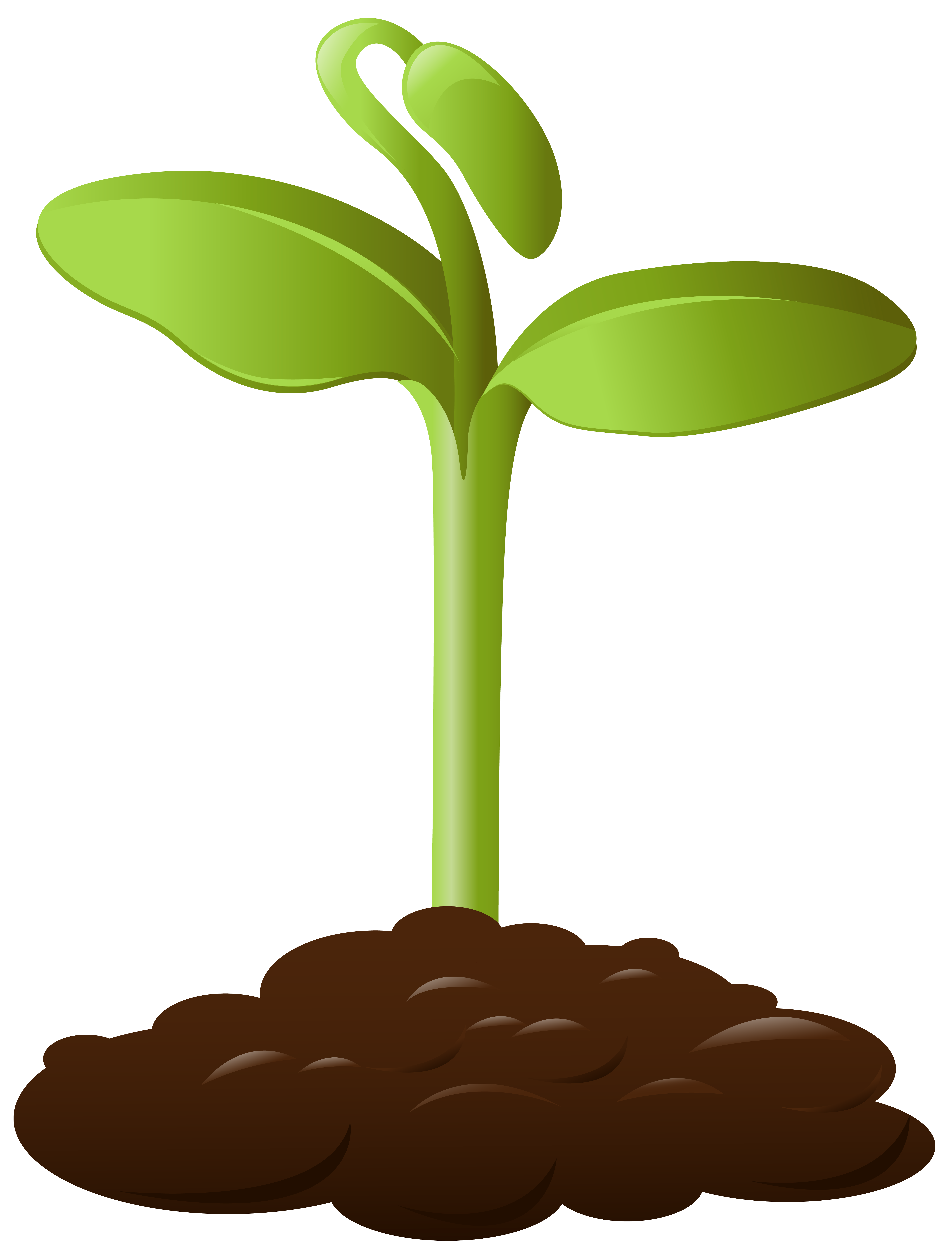Crop Png
Imagine waking up in the morning and walking outside towards your garden. In front of you lies a beautiful, lush green expanse of grass. It's soft under your feet and the dewy blades glisten in the morning sun. It’s no wonder that grass is one of the most coveted plants in the world - whether you're a golf course groundskeeper or simply relish in the beauty of nature.

Grass, that simple green plant often taken for granted, is a marvel of nature. It has the power to transform the environment around us, improving air quality and even mental health. It’s also one of the primary sources of food for herbivores such as cows and sheep, which in turn provide us with dairy and wool. But what else is there to know about grass?
The first thing to consider is the different varieties of grass. Some grasses are designed specifically for lawns and gardens, while others function as crops used for food and feed. Ornamental grasses are grown primarily for their aesthetic value, while other specialized types of grass are used for erosion control.
In fact, such specialized types of grass can even help prevent soil erosion in areas with high winds and heavy rain. This is because the roots of these grasses are specially designed to stay in place and cling to the soil, preventing it from being washed away even in the fiercest of storms.
Then there is the phenomenon of “grass allergies.” Did you know that some people can have allergic reactions to grass, extending beyond the typical symptoms of hay fever? Symptoms of a grass allergy can include skin irritations such as hives, as well as more severe respiratory reactions such as asthma. This is why it is important to be aware of what types of grass one is exposed to, especially in areas where certain types of grass are more common.
But what about the benefits of grass? Beyond being a source of food and feed, grass can also play a crucial role in the health and well-being of humans. Studies have shown that being in nature, including green spaces such as grassy fields, can have a positive impact on mental health. Even just the act of viewing nature can be calming and help reduce anxiety levels.
Grass also has the ability to improve air quality in urban areas. Grass is one of the primary ways that carbon is removed from the atmosphere and stored in the soil instead. This process helps reduce greenhouse gas levels and improve air quality, making urban environments a more pleasant and healthy place to live.
Grass also provides an important food source for herbivores such as cows and sheep. These animals are then used to provide dairy and wool for human use. But did you know that grass can also be used in human food products? Wheat, rice, oats, barley, and corn are all grasses that we consume in some form, making grass an essential part of our diets.
So the next time you step outside and take that first barefoot step onto the grass, take a moment to appreciate the marvel of nature beneath your feet. Whether it’s improving air quality, preventing soil erosion, or providing a source of sustenance, grass truly is one of the most interesting and crucial plants in the world.



Post a Comment for "Crop Png"